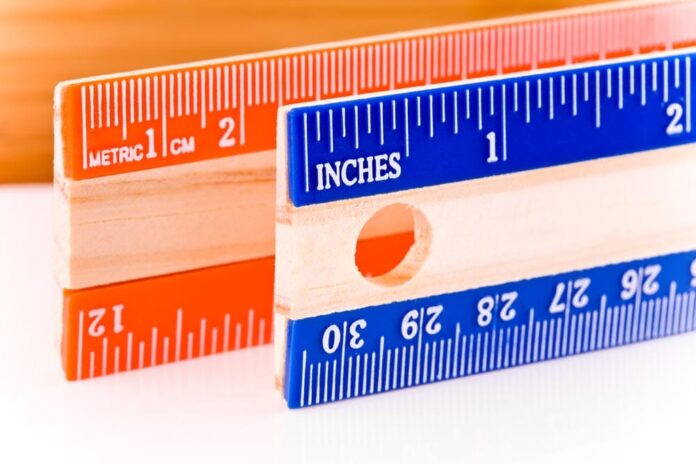
Ever since ancient Egypt, there have been original measures used by court architects during the construction of temples and pyramids for pharaohs. They defined the measures based on the parts of the hand, and that measure was transferred and carved from a piece of black granite. Copies were given to construction workers. However, the beginning of measurement begins with the exchange of goods. Thanks to the unit of measurement, you were able to determine the amount of goods exchanged.
The modern metric system is used all over the world, and one of the few countries that does not use this system is the US. Every day we encounter elements of this system, because it is used to measure length, weight and capacity. Grams, kilograms and other metric units are an integral part of everyone’s life. It is very easy to understand, which is why it is widely represented. Converting weight and length is also a very simple process.
Measurement history
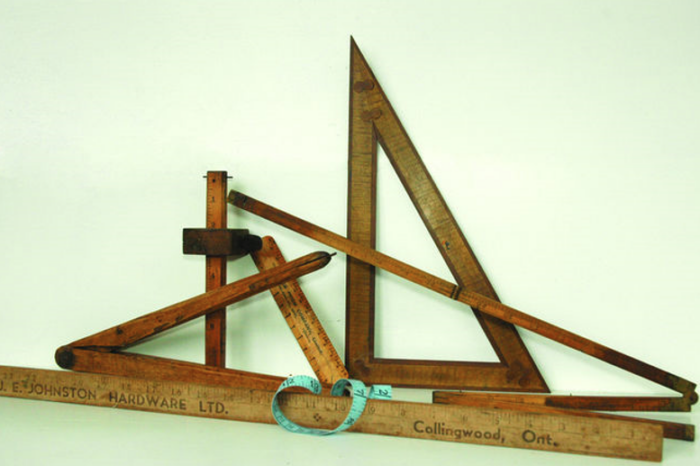
So, a person started from parts of his body or from objects from his surroundings. Different ways of measuring in different territories constantly made communication difficult, and such a way of communication was especially bad for trade. Such a situation required a practical solution, ie certain measures for length or weight that will finally give the desired results. The history of metrology connects the beginning of metrology as a science for the period of the French Revolution. She contributed a lot to the development of measures, because then the ideas about creating the first meter system were conceived. Further progress of human society implies a greater amount of knowledge.
When people can measure what they’re talking about and count it with numbers, it’s a big step forward. This is the beginning of knowledge, that is, a good path to Science. However, we come to the signing of the International Metric Convention in Paris, and then many countries realized the importance of metrology as a science. Countries that have adopted this system have made tremendous efforts to best organize their state and maintain their standards. All important business was run by the most educated people and their clairvoyance deserves real admiration. Regardless of the possibilities, they created the basis of the metric system without which human societies could not develop further. However, the complexity of the system requires an adequate approach and systematic elaboration of metrological activities.
What is metrology?
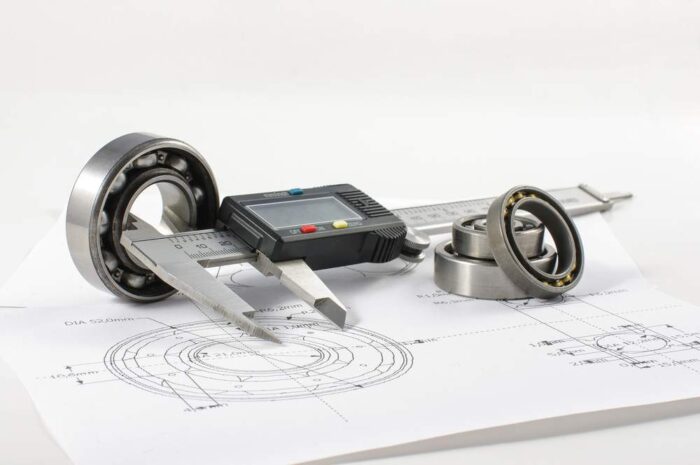
In short, metrology is a system of knowledge based on measurement. Such a system includes units of measurement and measuring instruments. Measurement covers all theoretical and practical problems related to measurement. We must note that metrology can be viewed differently. In fact, it depends on the physical size you are considering. These differences are present between metrology of length, metrology of time, metrology of temperature, etc. This means that this science is under the influence of many other scientific fields and vice versa. Thanks to the great interest in this knowledge, specializations have developed.
The achievements of science are a consequence of valuable scientific research, and this is especially true in the field of business. What we apply in everyday life are general metrology and legal metrology. The first division deals with dealing with general problems that involve common metrological issues. They are completely independent of size measurements. Legal metrology is of state importance and depends on its regulation.
Units of measurement
Physical quantities are used to describe the characteristics of the body or phenomena in physics, for example: length, speed, temperature, time. Physical quantity can be measured, and it is then compared with a known quantity of the same species adopted for its measurement. This known quantity is called a unit of measurement. Measurement determines how many times the measured physical quantity is greater or less than the adopted unit.
There are different units of measurement that are in the international system of units, and this system prescribes seven basic units of measurement. So, the unit for length is the meter, the unit for mass is the kilogram, the second is the unit of time, Kelvin is the basic unit of thermodynamic temperature, the strength of electric current is denoted by amperes, light intensity is denoted by a candelabra and mole is the unit of matter.
Converting units
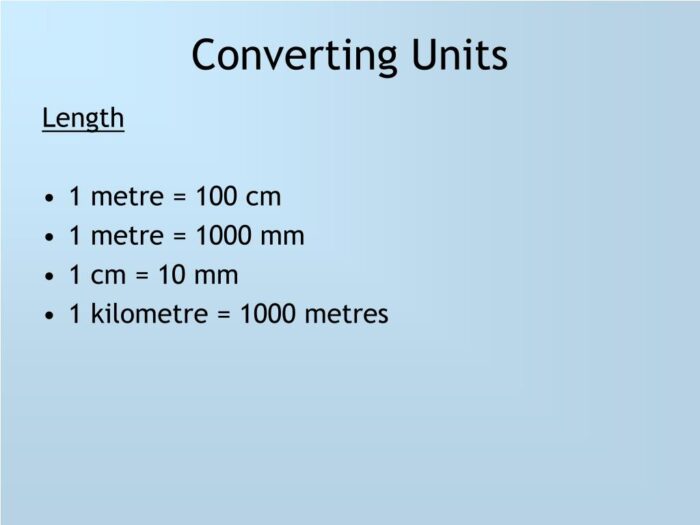
Since knowledge of the metric system is necessary for functioning on a daily basis, you should be able to convert units very easily if you click here. However, there is a way to do it in your head as well. Just use a few popular tricks and you won’t have to use a calculator. When you need a fast conversion on the go and want to convert weights in kilograms to one pounds, multiply the amount in kilograms by 2 and divide the result by 10. When you add those two digits, you get the final result. Although you will not get an accurate result, your answer will be close enough for most purposes.
Converting inches to centimeters is a very simple process. Calculate that 1 inch is 2.5 cm. Multiply the value in inches by two and divide the original number by 2. Then add the two results. If you drive, you will probably be on the road at some point and read the distance written in kilometers instead of miles. However, there is a very simple method of calculating these units. It is based on the list of numbers that you generate by starting with 1. Each number is added to the previous one and thus the next number is obtained. Each number is 1.6 larger than the previous one, and 1 mile is about 1.6km.
Methods for faster conversion
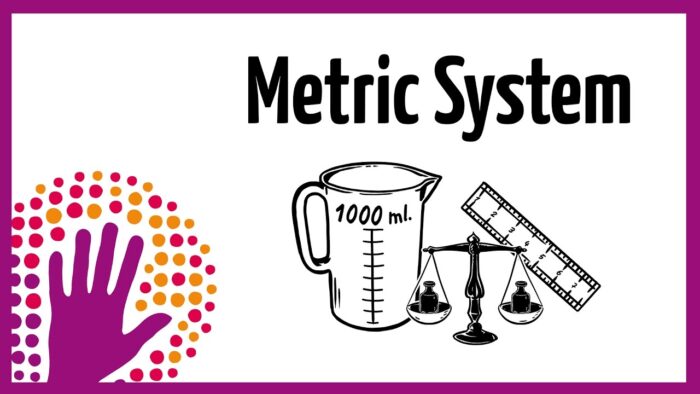
If you find it difficult to remember the rules of metric units, there are several ways to overcome this problem. For example, tell someone a story and view units of measure as something interesting, not useless. Imagine converting units or using certain items as instruments. Finally, you can write the rules a few times to keep the pictures of the paper in your head.
Conclusion:
Today, life and work cannot be imagined without measurement. The whole product industry is based on measurement and their quality. Any goods that reach the consumer are based on measured values, medical diagnosis, etc. Without this system, every social community would have a serious brake and the problem of overall further progress.













